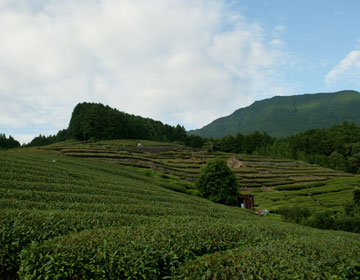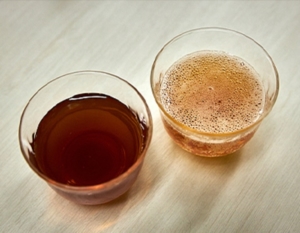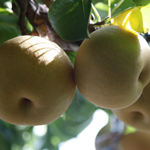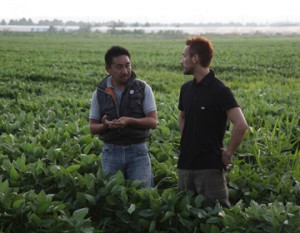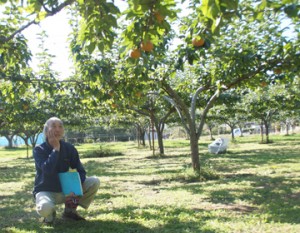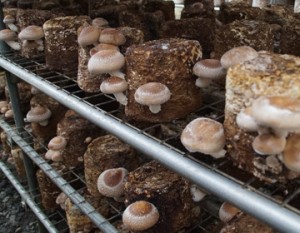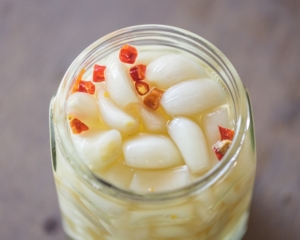How tea leaves become refined tea leaves
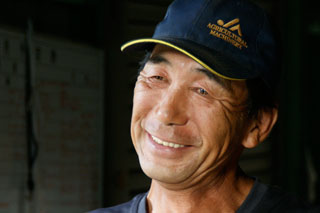
Shoji Mochizuki is a green tea farmer who performs all the steps involved in tea manufacturing at his farm, from cultivation to processing.
The most popular product is ”Sakura Kaori”. It is a superb product with a soft aroma like cherry leaves.
Many steps are required before the tea leaves from the field can be used to make tea. After being picked from the fields, the leaves are steamed. When the raw leaves are steamed, it stops the oxidation process, preventing the leaves from fermenting.
After that, the leaves are put through primary and secondary tea drying rollers, and then the final tea drying roller. The temperature of the leaves must be kept at about the same as body temperature in humans. The rolling gradually brings the moisture to the surface, and being careful not to let the leaves become too dry, the leaves are dried with light air for about 4 hours. There is a distinct difference in the shape, color, taste and scent depending on who handles the process to this point.
The tea praised by the team master, Fumio Maeda
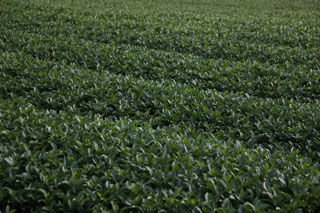
Finally, the leaves are put into a dryer and adjust until only about 5% of the moisture remains. If the temperature is too high, it will smell smoky, so great care needs to be given. The leaves are then sorted and blended for the final product.
”The quality of the raw tea leaves determines the quality of the tea. You cannot make dried tea leaves better than they were in their original state. This means the raw leaves must have the highest quality possible. The next important thing is to process the leaves so that the quality is maintained, while also extracting its features.” Mochizuki told us.
Then Mochizuki showed Nakata a type of unprocessed tea called ”aracha”.
”Aracha” is the raw tea leaves that has been rolled and dried, before it is roasted.
Mochizuki’s ”aracha” had made an impression on the tea master, Fumio Maeda, who had introduced us to Mochizuki. His comments were ”It’s truly splendid. I had never seen ”aracha” where each tea leaf stretched out so evenly.”
Nakata took some in his palm and put them in his mouth. ”It’s good. Savory. There is a firm taste.”
When we made it into tea tried it, it had very mild taste.
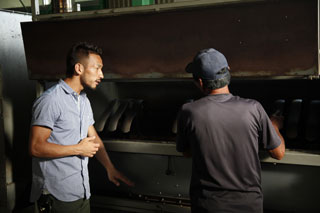
”Roasting is when the wholesalers look at the leaves, and they try to make each batch of leaves special by deciding, for example, it should be roasted with stronger heat. But you can make good cup of tea with aracha too.” explained Mochizuki.
Mochizuki’s aracha make a yellowish colored tea called ”golden transparent (Kanshoku Tomei)”.
The raw tea tastes different from tea we usually drink.
One hardly come across an aracha in the market. This was a precious experience.



